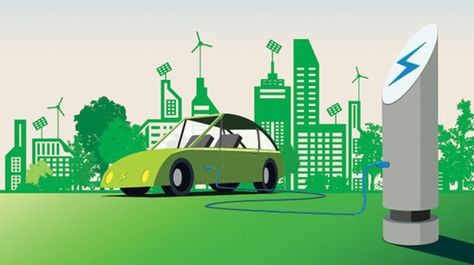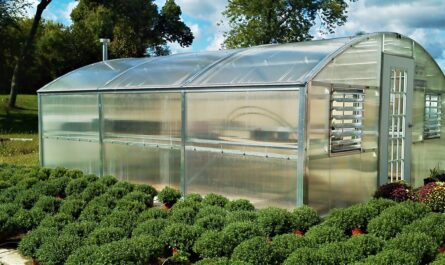What is Aquaponics?
Aquaponics refers to a sustainable food production system that combines conventional aquaculture (raising aquatic animals such as snails, fish, crayfish or prawns in tanks) with hydroponics (cultivating plants in water) in a symbiotic environment. In aquaponics, the waste produced by farmed fish or other aquatic creatures ferments naturally to supply an organic food source rich in nutrients for hydroponically farmed plants. The plants in turn purify the water, which is then recirculated to the aquatic animals. This forms a highly efficient closed-loop system that produces both fish and vegetables with very little waste.
History of Aquaponics
Aquaponics has its roots in ancient Maya and Aztec civilizations, where communities would fertilize their crops using water from fish farms. Modern aquaponics techniques emerged from dedicated research beginning in the 1970s. Scientists from various institutions collaborated to devise methods for integrating fish farming and hydroponic plant production that optimized resource use. Early aquaponics farms in the 1980s pioneered commercial applications and demonstrated the viability of the system. Since then, aquaponics has grown steadily in popularity globally due to its numerous economic and environmental benefits compared to traditional agriculture.
Components of an Aquaponic System
A typical commercial Aquaponic System consists of the following key components:
– Fish Tanks: These fiberglass or plastic tanks hold water and the aquatic species being farmed. Multiple tanks may be linked in a single large system.
– Biological Filter: Waste from fish breaks down naturally via beneficial bacteria in a biological filter, often consisting of plastic or ceramic media in sump troughs.
– Grow Beds: Hydroponic grow beds filled with an inert medium like expanded clay take nutrient-rich water from the filtration process. Plants are placed directly in these beds.
– Pumps and Piping: Pumps circulate the filtered water from fish tanks through the grow beds and back in a closed loop. robust piping network transports liquids between all parts of the system.
– Miscellaneous Equipment: Aeration pumps, water test kits, UV sterilizers, and thermostats help regulate water conditions optimized for both fish and plants.
Benefits of Aquaponics
1. Sustainability: Aquaponics uses 90% less water compared to traditional agriculture and recirculates nutrients efficiently in a closed loop, making it an eco-friendly food production method.
2. High Yields: Multi-level grow towers and racks optimize space utilization, resulting in food yields several times higher per unit area compared to soil-based farming.
3. Dual Production: Both fish and leafy greens, herbs, berries etc. can be harvested year-round from the same integrated system. This provides more balanced nutrition and greater financial returns.
4. No Agricultural Waste: Absence of soil prevents runoff pollution and water contamination issues faced by conventional farms. The nutrient-rich water from fish tanks acts as natural fertilizer.
5. Resilience: Controlled environmental conditions ensure consistent quality and yields in any season or climate. Aquaponics is well-suited for urban farming and other resource-constrained areas.
Popular Fish and Plant Varieties for Aquaponics
Tilapia, carp, catfish and other fast-growing freshwater fish provide the biological manure for hydroponic crops. Common edible plants cultivated using aquaponic methods include:
– Leafy Greens: Lettuce (all types), kale, Swiss chard, parsley, etc. thrive in the cool water temperatures maintained for fish.
– Herbs: Basil, mint, dill, oregano are suitable for regular harvests. Cilantro, rosemary need slightly warmer conditions.
– Small Fruits: Strawberries, blueberries, blackberries grow well suspended over fish tanks. Tomatoes require adjustments to tank pH levels.
– Microgreens: Mizuna, arugula, broccoli and other microgreens have short maturity spans of 10-20 days, allowing quick turnarounds for harvesting in aquaponics systems.
– Specialty Vegetables: Radishes, peppers, bush beans, zucchini, spinach all do well when careful attention is paid to plant variety selection and seasonal demands.
Challenges and the Future of Aquaponics
While aquaponics has gained commercial acceptance as a sustainable method, high initial setup costs remain a hurdle. Balancing water chemistry for harmonious fish and plant growth can be challenging for new growers as well. However, with refinements and greater access to affordable modular designs, aquaponics is poised for exponential growth. As organic productivity increases amidst land and water shortages worldwide, integrated aquaponic farms in urban environments as well as in controlled agriculture units may provide resilient local food solutions. Further research also explores next-gen potential in areas like aquaponics for pharmacological plants or aquacultural species like prawns and shrimp. Overall, aquaponics represents an efficient, eco-friendly agriculture model well-suited to 21st century needs.



